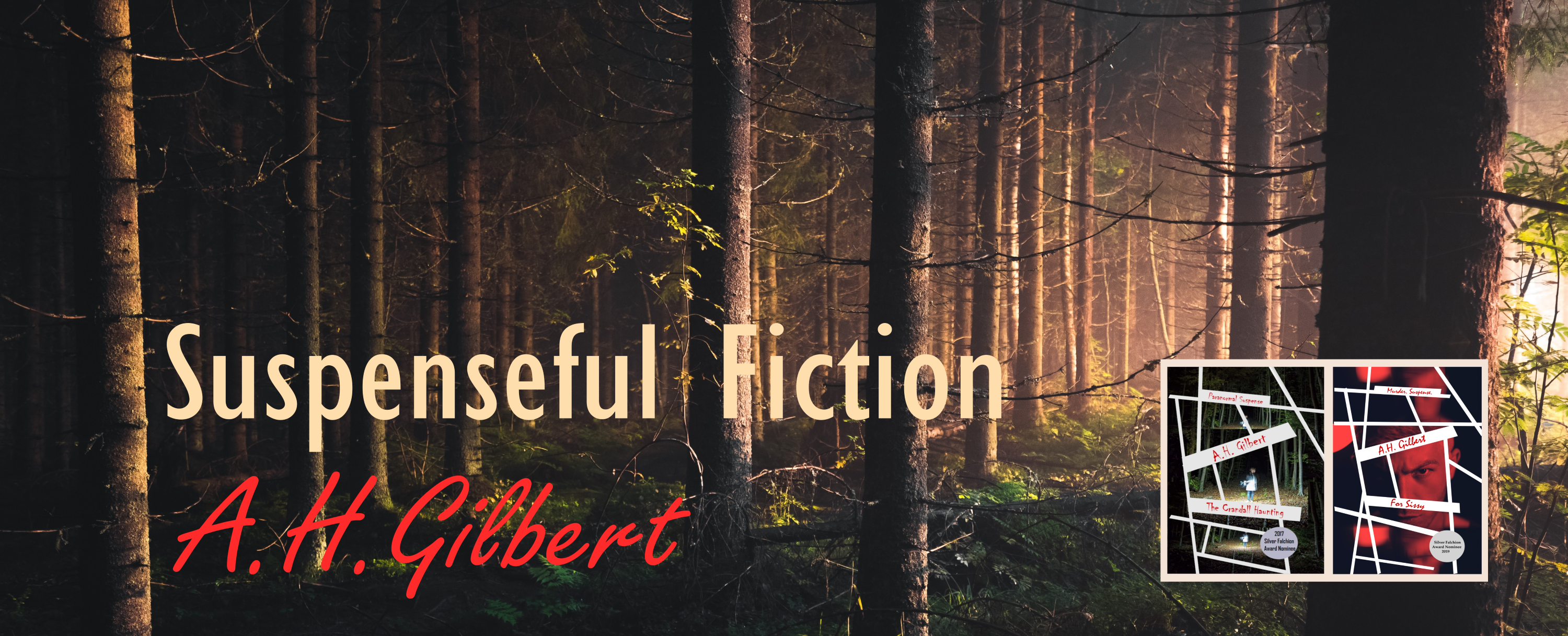I’m back from the Writers’ Police Academy’s (WPA’s) 2019 MurderCon, a conference so packed full of forensic and investigative information I haven’t even begun to unpack everything I stuffed into my brain while there.

I don’t go to a lot of writing conferences, but this one offered so much valuable information for a suspense and mystery writer that I couldn’t skip it. This year, the WPA joined forces with Sirchie, a company that manufactures crime investigation materials, such as fingerprint powder, to bring writers an incredibly well-developed line-up of forensics experts. They delivered insightful information on what really happens during the investigation of a crime. Here’s a link to the speakers.


Writers need this stuff to get it right. From people such as forensic archeologists, geological chemists, police investigators, coroners and many others we learned such things as:
- How to ID a victim from the bones (and what is the time period of decomposition?)
- How to use soil to catch a criminal
- How to interrogate a suspect to get real results
- How to solve crimes with finger- and footprints
- What do blood and blood spatter tell us?
- What is the order of operations when someone dies? (EMTs, police, coroners – who does what & when?)
- Where did that fire start?

Former police investigator Paul Bishop was a particularly valuable speaker for me. He generously broke down, step-by-step, exactly what he does, says and looks for when interrogating a suspect. This is gold for a writer like me!
You can be sure that I will be using much of the information I gained from this conference. But, as a reader, you might not notice it. It will just subtly add authenticity to my work in a way that helps you glide through it naturally, ending up with a really satisfying crime story.

Recent Comments